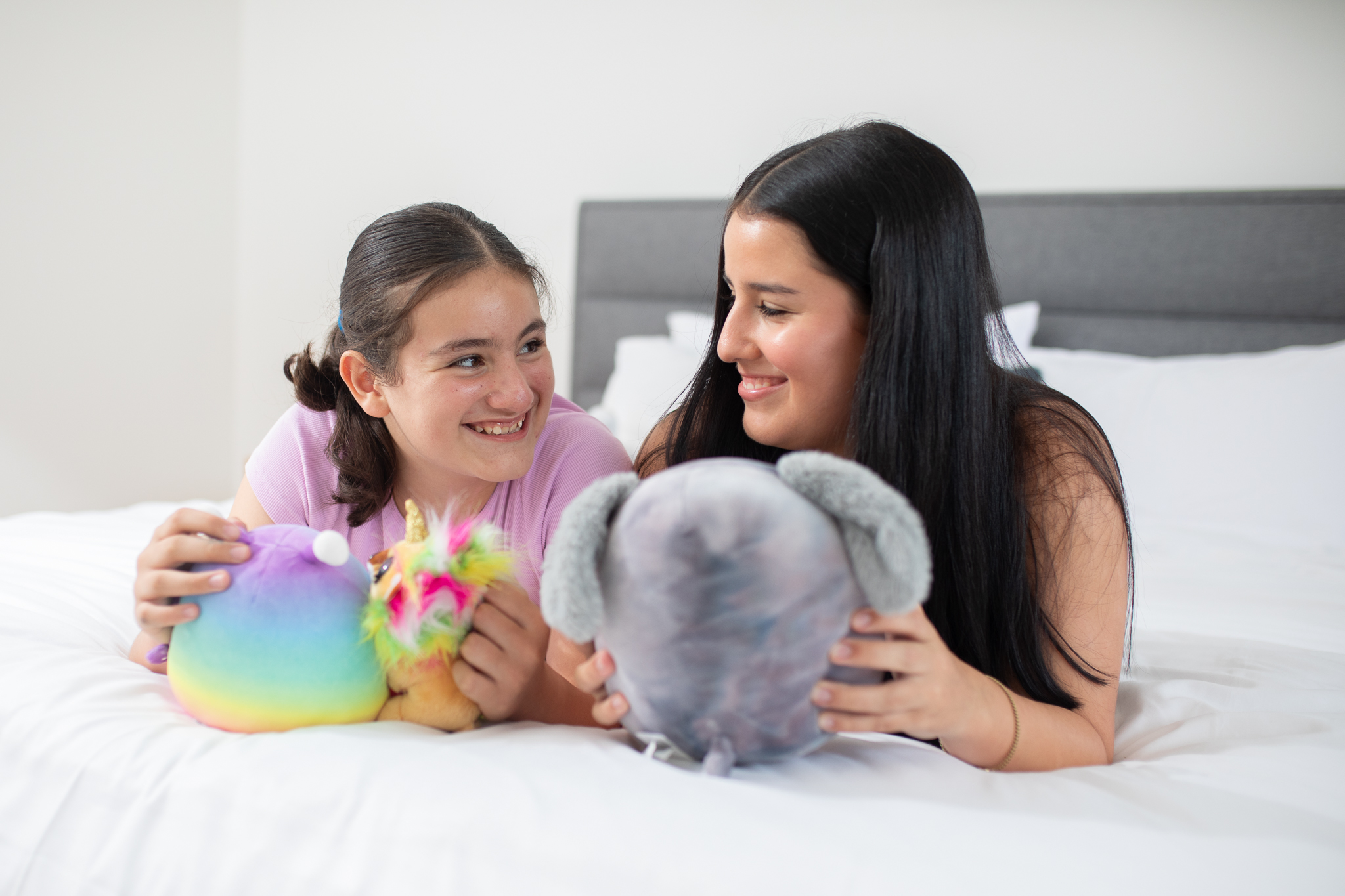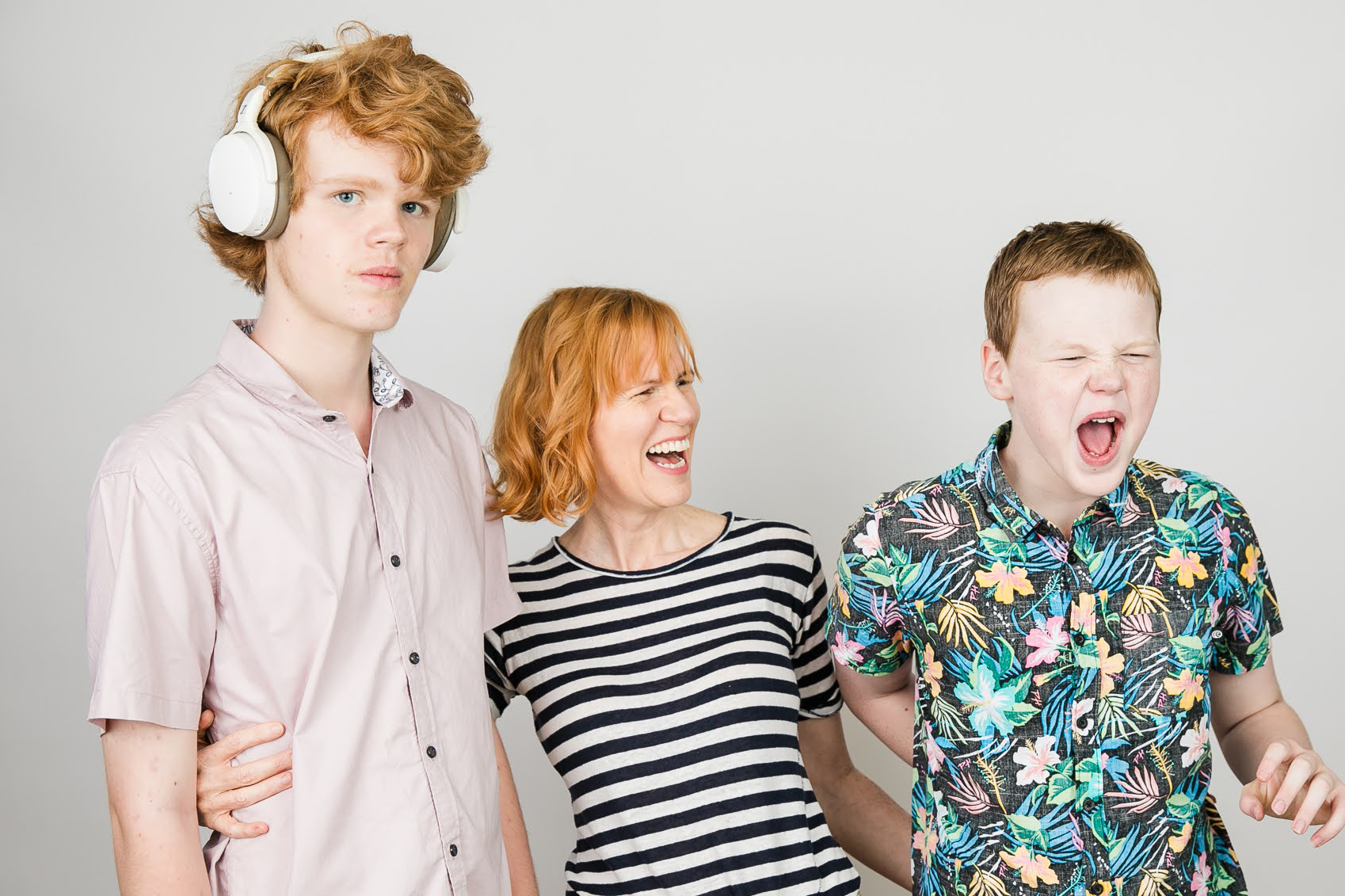Q & A with Kay Kerr, author of 'Love and Autism'

Earlier this month, we caught up with Kay Kerr, an autistic author and mother of an autistic child.
We chatted about the release of her third book, ‘Love and Autism,’ the process of collaborating with other autistic people and what both autistic and non-autistic people can gain from engaging with autistic stories.
Kay, congratulations on the publication of your third book! When did the idea for ‘Love and Autism’ first come to you, and how did that idea evolve over the process of creating it?
Thank you so much. I was publicising my second YA novel ‘Social Queue’, which is a romantic comedy, and I was approached by a publisher about what a non-fiction book might look like. The topic of ‘love’ was very much at the forefront of the conversation, right from the start. For me, that seemed like an interesting way in to talking about relationships and communication more broadly. So, I worked with my publisher, Alex, on a proposal, and it all took off from there. For me, the value of and excitement about a non-fiction book was the opportunity to talk to other autistic people about their lives. That is what I love to do anyway, so turning that into book form has felt like a natural fit.
It evolved so much from proposal to final book, which I always understood it would, because it is the five people (and additional autistic voices included as well) who make the book what it is. Noor, Chloë, Tim, Jess, and Michael have gifted readers with so much, and to see people connecting with their stories now, I can’t even describe how thrilling that is.
The book involves five main perspectives on autism from people that you’ve interviewed, as well as the perspectives of children, professionals, family members and yourself. How did you go about choosing the five autistic people you interviewed, and what made you decide to include their stories?
It was a process that involved a lot of moving parts, so I always had a plan A, B,C, D, and E in mind as I worked on the book. The main things that were important to me were connecting with people who felt comfortable talking to me, and making sure they felt secure in having full autonomy over their stories. I knew there was always the chance someone might change their mind and pull out (or hit burnout for example, and not be able to participate). I have been so lucky with the people involved, who I connected with in a variety of ways. Some through personal connections, others through their work in the media, and others through an autism support organisation.
The initial interviews were a ‘sounding out’ kind of process, in seeing if we could click and talk about our lives deeply and comfortably. It was an intuitive process, so a little hard to explain other than to say I just felt it when I found them.
Why is amplifying a variety of lived experiences with autism so important, both for autistic and non-autistic readers?
I think the understanding of what autism is, at a community level, is still very narrow. That is why we hear people say things like ‘but you’re very high functioning’ or ‘we are all somewhere on the spectrum’, because there is a lack of understanding of what the lived experience can actually be like, particularly around internal aspects of being autistic, and the dynamic nature of our traits.
Weaving together these five stories was a way to invite readers into these different lives in a way that I hope brings connection, and shows the ways our experiences can differ, as well as the aspects that bind us together as a community.
What did the process of creating this book affirm to you about autism, and how did it surprise you or challenge perspectives that you had about being autistic?
More than anything, this book affirmed for me the importance and the power of being in community with other autistic people. I need it; I think we all do.
And in terms of my perspectives, it reiterated that I need to treat my own autistic needs and traits with the same care that I would want for any other autistic person. Internalised ableism, particularly around productivity, is something I am still working very hard to unlearn. Burnout is no joke.
What do you hope the biggest takeaway from your book is for autistic people that read it?
I hope the autistic people who want to read it enjoy it. And aside from that, I hope that the love, respect, and high regard that I hold for the autistic community is communicated through the work. There isn’t a lot out there for autistic people, particularly people who come to learn they are autistic in adulthood. It is really the autistic community who steps in and fills the gaps –teaches, guides, supports, and affirms.
So, for those who see some aspect of their own lives reflected in these stories, I hope that is an affirming experience. Or, whatever it is you need from this book, I hope you find it.
And of course, what do you hope the greatest takeaway from your book is for non-autistic and neurotypical people that read it?
Some non-autistic readers have been talking to me about the ways in which they feel they have ‘gotten things wrong’, and their reflections on that after reading the book. And there are of course different levels to that, so what I am talking about here is more specifically things like not understanding nuances around language choice, or the harm of using deficit-focused language. And I understand that feeling, of falling short. I get things wrong all the time. But I also think a lot about the phrase ‘when we know better, we do better’. So let that be the focus and let us all do better by the autistic people in our lives and communities.
To purchase your copy of 'Love and Autism,' visit the Pan Macmillan Australia website. To stay up to date with Kay's latest news and projects, visit her website.






